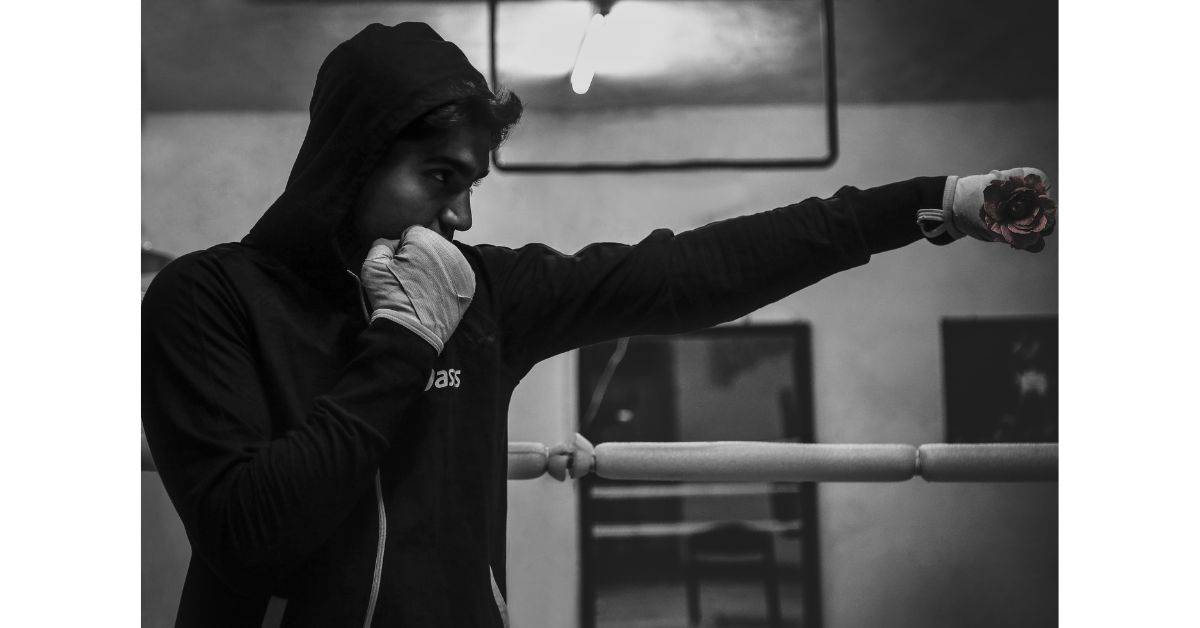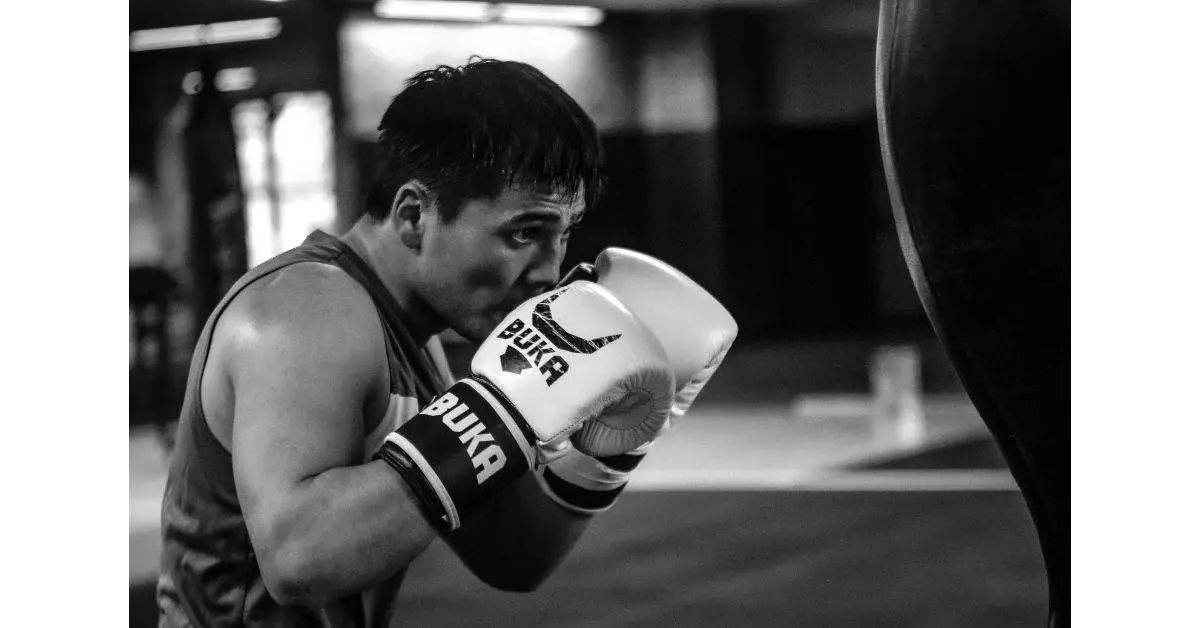This ongoing argument over the legality of grabbing in boxing has many spectators itching to throw their gloves in the ring. As a sport, boxing seems like an odd place to allow grabbing—the defensive strategy aims to restrict the opponent’s movement. Boxers employ grabbing to conserve energy in a sport with a high work rate, allowing contests to last longer.
Grabbing is illegal in boxing under the Marquess of Queensberry Rules for boxing. However, it is now considered an integral component of boxing in modern times. Boxers learn the right way to grab, when and how to use it, and the reasoning behind its use. Fighters employ it as a defensive move to twist their opponents’ arms and stop attacks.
Most referees let boxers fight out of a grabbing hold, but they might step in if it goes on for too long.
In any sport, there are always going to be controversial or unpopular strategies and tactics that are nonetheless vital to the team’s success. While some may disagree, it’s undeniable that a boxer can’t do without controversial grabbing.
Before we dive in, if you want to buy the best boxing shoes currently out there, follow the link to see the best ones for your money and goal.
Illegal moves in boxing
Many people can not handle the brutality of some illegal boxing actions, so they were made illegal. The boxing federation then put technical mechanisms in place to prevent them. Some illegal moves in boxing include:
Illegal moves in boxing
- Headbutts.
- Back of the head punches.
- Puncturing the spinal column. (The kidneys are fine.)
- Slapping. (Use the lace side of your gloves to strike)
- Spitting.
- Biting.
- Restraining someone’s head or arm while striking them.
- Using your lower extremities (feet, legs, knees) to deliver a blow.
- Using a weapon other than the gloved fist to strike.
- Any sort of takedown, sweep, throw, or grapple.
- Clubbing (Karate-style hammer fist strikes) OR karate-style chopping.
- Lower-Abdominal Punctures.
- Attacking a falling or slipping opponent with a strike. When an opponent’s body, besides their feet, touches the mat, it is considered a knockout.
- Rudeness and insults in the ring.
- Assaulting the referee as he separates the combatants.
- After the round ends and the bell runs, the fighters continue to fight.
- Involving excessive force to force an opponent through the ropes or out of the ring.
- It is forbidden to grab or hold onto an opponent’s leg, foot, or other body parts.
- The fighter risks disqualification if the referee or the IAB representative sees unsportsmanlike conduct during the fight.
Why do boxers hug?
Any boxing fan has seen two fierce, sweaty athletes embrace in the center of the ring after a particularly intense round. This “hug” may not have seemed significant at the moment, but it plays a crucial role in the game. It’s no exaggeration to say that Floyd Mayweather Jr. and Lennox Lewis, two of the greatest boxers of all time, won a lot of fights because of this strategy.
Boxers hug because it makes it tough for their opponent to continue striking them, providing them with valuable time to gather their thoughts if they are dizzy or fatigued. Boxers enter into a hug by crossing their arms over the shoulders of their adversary and placing their forehead on their opponent’s head or shoulders.

They give their adversary a firm hug while placing their weight on them. Putting your head on their shoulder reduces the possibility of unintentional headbutts. Putting pressure on your opponent allows you to rest while they exert more effort, even if only for the few seconds it takes them to release the clinch.
Therefore, though it appears to be a hug from the outside, the clinch is a tactical move frequently employed to disrupt an adversary’s aggressive flow and allow the fighter to collect their thoughts after being surprised.
If you want to know how the boxing scoring system works, be sure to follow the link to an article of mine on the topic.
Can you grab your opponent’s arm in boxing?
You can’t expect to catch a direct punch in a boxing match unless you’re faster, stronger, and more skilled than your opponent. Unless, of course, you’re incredibly lucky, and someone throws a fist exactly onto the palm of your hand, at which point they stop in shock, and you catch it.
You can grab your opponent’s arm in boxing from their gloves or shorts. However, fighters cannot restrict their opponent’s movement or hold their arms and still carry on hitting them. You can hold onto or grab your opponent’s hand if you are truly clutching it and not just controlling it with your gloves.

You intercept a punch by trapping your attacker’s arms or directly blocking the point using particular methods.
Preventing the punch from being pulled back or off of some deflected assault is challenging, and it takes the kind of precision and strength that only comes with a lot of practice—not to mention some good timing.
Try not to look for it. Employ the trappings if you choose, but don’t let them become your complete reliance; seize the moment if one arises, and make the most of it.
You can’t use force to apply an arm bar. Keep up with the tide of combat, and if a favorable opportunity presents itself, you’ll figure out how to take advantage of it. Battle, however, is never the same twice.
Overthinking will make you stiff, and if you try to force a motion or series of actions, you will be slow, ineffective, and fail. And as a direct result, you’ll probably lose the match. However, gaining such a “feel” for combat is something you can only do through extensive training and experience.
What is the foul for breaking the rules in boxing
According to the International Boxing Association, in the aftermath of a foul, the “REFEREE” has a few options:
- To issue a Caution.
- Whenever a boxer commits a foul, they lose one point.
The referee “may” choose to disqualify the fouling Fighter if the Fighter hit is seriously injured or can’t continue due to the blow or knockout.
Furthermore, suppose the fight proceeds after the “Illegal” strike without any penalty in points. In that case, the next Illegal strike results in a MINIMUM of 1 point deduction or, if deemed appropriate by the Referee, disqualifies the Fouling Fighter.

For intentional fouls:
- The boxer who intentionally injured the opponent loses by disqualification if the harm is serious enough to end the fight immediately.
- The referee must alert the authorities and subtract two (2) points from the fighter who committed the offense if a deliberate foul result in an injury and the fight is permitted to continue. Intentional fouls result in mandatory point deductions.
- The wounded boxer will win by TECHNICAL DECISION if he is ahead on the scorecards; the bout will end in a TECHNICAL DRAW if the injured fighter is behind or even on the scorecards.
- Suppose a deliberate foul produces an injury, and the fight is interrupted in a later round. In that case, the referee will not favor the boxer if he purposely injures himself while attempting to foul his opponent. The referee will treat the injury as if a fair punch produced it.
- The contest may end, and the boxer disqualified, if the referee believes that the fighter acted in an unsportsmanlike manner during the fight.
Final words
Grabbing in boxing always sparks debate. It adds value and a new defensive strategy. Experts recommend grabbing or clinching to slow your opponent and modify angles and technique. It helps taller boxers recoup distance.
Use grabbing in boxing for the right reason: stop your opponent’s momentum and take the lead. Don’t grab because you’re tired; you’ll likely be more tired afterward. If you’re too tired, you might need more work at the gym. Also, remember that grabbing before you’re exhausted is a superior strategy.
If you enjoyed reading this article, you’ll also enjoy reading about the rules of boxing. Knowing the entire list of rules—is the first step you need to take if you want to amp your boxing abilities up a notch.
References
- International Boxing Association. Rules Regarding Foul [https://www.iabboxing.com/RulesFouls.htm]
- Rules of Boxing. Boxerec.com [https://boxrec.com/wiki/index.php/Rules_of_Boxing]
- What are the rules of a boxing match by The Telegraph Sport.co.uk [https://www.telegraph.co.uk/boxing/0/rules-boxing-match1/]

